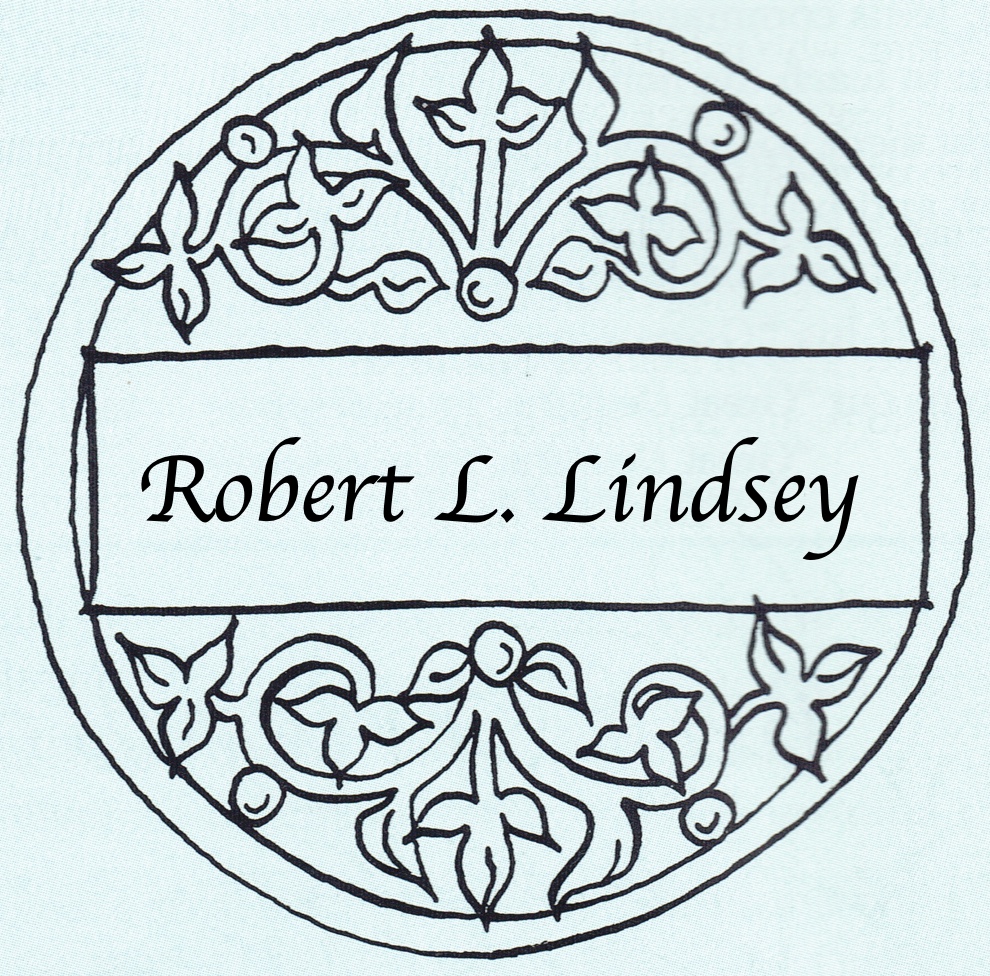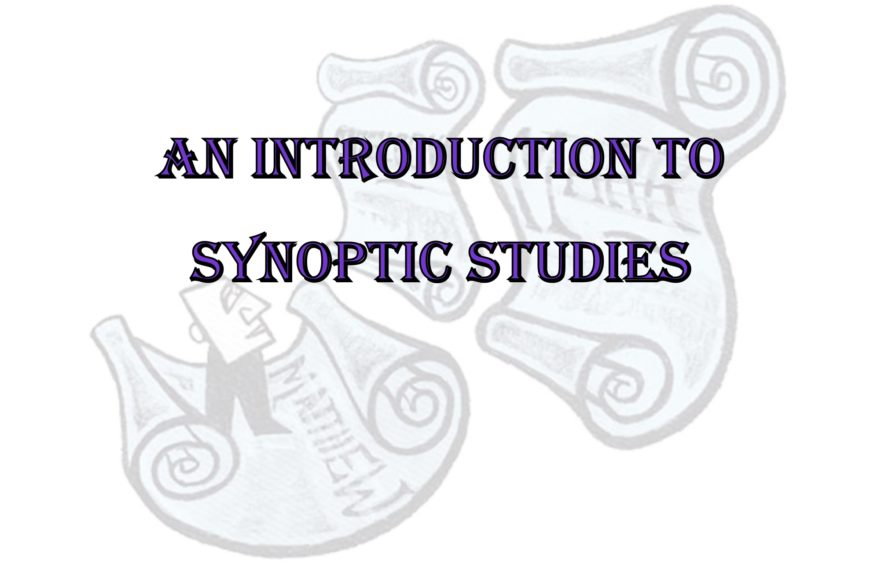Revised: 27 March 2014
Sources for the Gospels[4]

Without the Gospels, little would be known of the way Jesus lived and taught. Although there are a few references to Jesus in the writings of ancient Greek and Latin historians such as Tacitus, Pliny and Josephus, the only sources of consequence for his life and teachings are the letters and tractates of the New Testament.
A Jewish Book
Our information about Jesus thus depends upon the writings of members of a first-century Jewish sect. All the original members of this sect were Jews, as were almost all the writers of the New Testament. Although its earliest known form is in the Greek language, the New Testament is a thoroughly Jewish book. It is full of ideas, idioms, and thought and language forms that are so completely Semitic that Christians reading from the Old Testament to the New Testament have invariably felt that they were continuing a single story.
Premium Members and Friends of JP must be signed in to view this content.
If you are not a Premium Member or Friend, please consider registering. Prices start at $5/month if paid annually, with other options for monthly and quarterly and more: Sign Up For Premium
- [1] For details, see "Introduction to A Hebrew Translation of the Gospel of Mark." ↩
- [2] Tallied according to Matthean story order. ↩
- [3] In Double Tradition pericopae, Matthew and Luke agree on as much as 90% of the wording of their stories. In Triple Tradition pericopae, Matthew and Luke agree on only about twenty-five percent of the wording in stories they share. ↩
- [4] Lindsey’s series of articles on the Synoptic Problem originally appeared in issues 16, 17, 18, 19, 20 and 22 of Jerusalem Perspective magazine. They have been combined here (and slightly rearranged) for the reader’s convenience. ↩


![Robert L. Lindsey [1917-1995]](https://www.jerusalemperspective.com/wp-content/uploads/userphoto/28.jpg)
